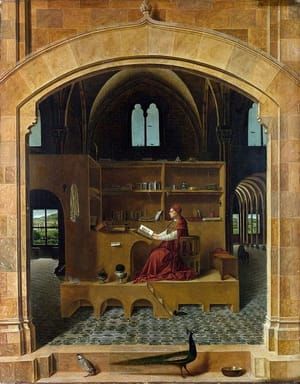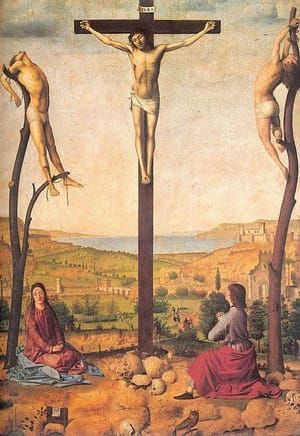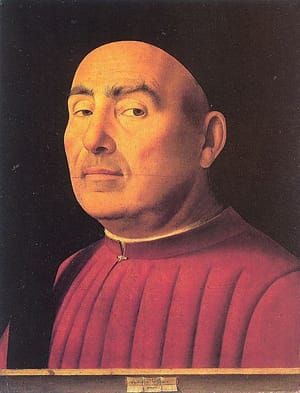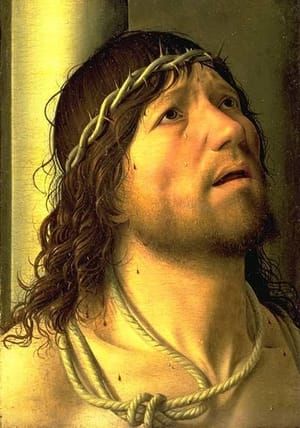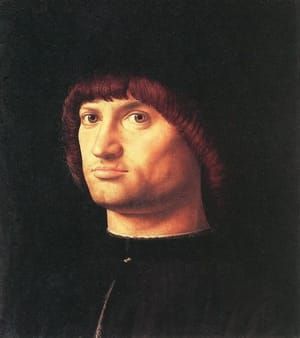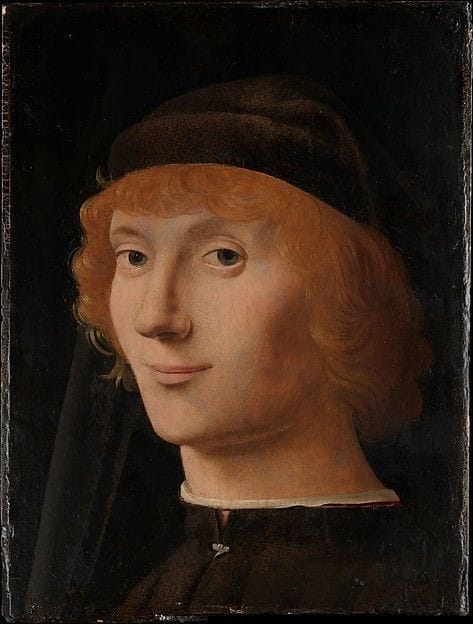

Portrait of a Young Man, 1470
Antonello Da Messina
This haunting portrait was painted in Sicily about 1470–72. Trained in Naples in the Netherlandish technique of oil painting, Antonello set the standard for portraiture when he came to Venice in 1475. Long before Leonardo da’ Vinci, he introduced the incipient smile as an indication of the inner life of the sitter, enveloping his features in a soft light and engaging the viewer with his direct gaze. In these ways, the picture responds to the often voiced view that painting was a mere depiction of the outward appearance of a person.
(https://www.metmuseum.org/art/collection/search/435581)
....In attempts to reconstruct the narrative of Antonello’s life, we remember that the artist’s career is no less remarkable for the lapses in documentation than it is for the quality of the paintings he produced. As a supremely gifted and original portraitist, Antonello was the first to suggest, by those unforgettable smiles that seem on the verge of breaking across and softening the often coarse faces of his male sitters (few more memorable than the Portrait of a Man), what 15th-century humanist critics referred to as “the movements of the mind”—the interior life behind the painted mask of so many Renaissance portraits. His achievement may be seen as a first step toward the famous, incipient smile of the Mona Lisa. Antonello was also the creator of deeply emotive images of Christ as the Man of Sorrows. In these extraordinary pictures, the viewer is placed in the closest possible proximity to a palpable, physical likeness of suffering, transforming the very terms of private devotional experience. To set off these images, he invariably painted a fictive parapet with an illusionistically rendered piece of creased paper attached by sealing wax. Usually the cartellino, as it is most often termed, contains his signature—a detail Antonello seems to have taken over from Italian, possibly Paduan, rather than Netherlandish practice and used both to give further emphasis to the concept of painting as mimesis and to assert himself as the author of these moving works.
(https://www.metmuseum.org/toah/hd/mess/hd_mess.htm)
Uploaded on Oct 9, 2017 by Suzan Hamer
Antonello Da Messina
artistArthur
Wait what?

